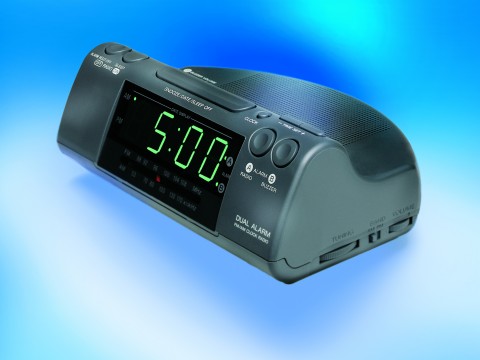
Imagine you’ve boarded a plane and fastened your seat belt. A few moments before takeoff, an announcement is made that the pilot is extremely good at the theory of flying, but is entirely bad at practical flying with zero flying hours under his belt.
Yes, you can very well anticipate the subsequent nightmare and the agony of the passengers. And you can probably anticipate where this is going.
To avoid such chaotic situations, and to assess one’s practical capacity for using a language, one must take a language proficiency test (in this case, an Urdu exam). The sole purpose of any language proficiency test is to evaluate how adept a person is at using the target language in daily life, in a variety of situations and contexts.
This is, of course, true for Urdu language proficiency tests as well. In addition, passing such a test is often a prerequisite for certain academic and professional ventures. Due to the significance and gravity of the matter, UrduPod101.com is here with the help you need.
After going through this article and reading our tips for Urdu test preparation, you’ll be ready for your upcoming exam in Urdu when the big day comes. We’ll also share with you some advice on how to pass an Urdu exam with flying colors!
 Table of Contents
Table of Contents
- General Information About Urdu Proficiency Tests
- Introduction to the Listening Section
- Introduction to the Reading Section
- Introduction to the Writing Section
- Introduction to the Speaking Section
- Some Additional Tips on Preparing for an Urdu Proficiency Exam
- Conclusion
1. General Information About Urdu Proficiency Tests

The content and expectations of an Urdu language proficiency test may vary depending on the nature of the test you’re taking. Nevertheless, there are generally four skills that a given exam will test you on: Reading, Writing, Listening, and Speaking.
Furthermore, before taking an official Urdu proficiency test, we recommend that you practice by taking a mock test. This will give you a much better idea of what you can expect to see on a real Urdu proficiency exam and allow you to be better-prepared.
A- Who Should Take an Urdu Language Exam?
The reasons for taking an Urdu proficiency test may differ, though there are a few reasons that are very common:
- Wanting to pursue a higher education at an Urdu university
- Seeking a job in an Urdu-speaking country
- Applying for a visa
- Looking for opportunities, asylum, or residence in an Urdu-speaking country
B- Things to Consider
Before you set out to take your Urdu proficiency exam of choice, there are a few things that we think you should consider. We’ll outline each one in the following sections.
1- Keep the Sole Purpose in Mind
Before sitting for your Urdu language proficiency test, don’t forget to revisit your basic purpose for taking the test and reset your priorities. This will reignite your interest and give you more motivation to do well on the exam.

2- Become Familiar with the Structure of the Test in Advance
Becoming familiar with the structure of the test will allow you to know exactly what to expect on the day of the test. In addition, keeping up-to-date with the test’s structure will ensure that you know about any recent changes the test may have undergone, saving you quite a shock!
As mentioned earlier, an Urdu proficiency test customarily consists of four separate sections: Listening, Reading, Writing, and Speaking. Each one has a certain time limit and is directed at evaluating the relevant linguistic competence.
3- Dealing with Anxiety
Exam anxiety is a common experience shared by many aspiring test-takers. Under the bouts of anxiety, one can begin to lack focus and do poorly on their test. Remember to deal with your anxiety in a healthy manner, and come well-prepared by keeping the following factors in mind.
2. Introduction to the Listening Section

Since listening is key to effective communication, it generally comes first in any language test. It examines one’s capacity to receive and interpret messages while listening to spoken language. Here’s what to expect in an Urdu listening exam.
A- Duration
The ideal duration for such a test is thirty minutes. It will generally consist of twenty-five points and contain three questions.
B- Description of the Test
In the listening section, you’ll listen to three pre-recorded files. These files may contain discussions, speeches, conversations, directions, news, commentaries, etc.
At the beginning of the test, you’ll be given one minute to go through the questions. After that, you’ll listen to the first file for two minutes. Remember that you’ll have only a single opportunity to listen to the file, and it will not be repeated under any circumstances. After you’ve heard the audio file, you’ll be given three minutes to transfer your answers to the answer sheets provided to you prior to the start of the test.
Before listening to the second file, you’ll have another minute to read the questions. After that, you’ll listen to the second file for six minutes, and you’ll be given three minutes to answer the questions.
In the third stage of this listening test, you’ll hear the third audio file for four minutes. You’ll have one minute to read the questions before listening, and four minutes to answer the questions.
C- Tips to Succeed

Manage your time well. This is essential for doing well on any test. One minute may not seem like enough time to review the questions, but utilizing this time well can give you incredible insight into what you should listen for.
Wait until the audio is over to answer. Don’t fall victim to hasty judgements; listen until the end before answering. Due to the high standards of the test, the questions are often deceptive. So pay close attention to the entire audio, and don’t jump to conclusions!
Answer cautiously and clearly. While transferring your answers to the answer sheet, be careful and write your answers clearly. Your answers should be grammatically correct and follow the guidelines. If you’re left with some time, remember to revisit your answers and fix any mistakes you find.
D- Rehearsal Strategies
Of course, the best Urdu listening exam practice is to do a lot of listening!
UrduPod101.com is a supreme website for brushing up on your Urdu listening skills. In addition, try listening to some other audio/visual Urdu resources such as Radio Pakistan, Pakistan Television, talk shows, etc.
3. Introduction to the Reading Section

There’s a common assumption that passing a reading test is easy. But there’s a lot more to it than one may think!
When reading Urdu for an exam like this, you’re expected to not only showcase your rich vocabulary and decoding skills, but also to see how sentences and embedded ideas relate to each other.
A- Duration
The average duration of an Urdu reading test is sixty minutes. Such a test usually comprises three exercises for a total of twenty-five points.
B- Description of the Test
In order to evaluate your Urdu reading skills, you’ll be tested with questions that are based on three written documents. The first will be an informational document (possibly an essay or similar piece) written in the Urdu language. The second and third documents may vary in their subject matter and be expository and argumentative in nature.
C- Tips to Succeed
Have a strategy. For this section of the test, it’s good to have a strategy in place. For example, you can decide to read either the questions or the text first, depending on what you’re most comfortable with. The most important thing in this regard is to execute your plan flawlessly.
Skim and scan. In addition, use the skimming and scanning techniques to identify the answers quickly. Due to time constraints, you can’t afford to waste it on small details.
Keep your answers neat. Last but not least, it’s always important to write down the answers in an orderly manner. In the end, it’s a test with a certain format and formalities.
D- Rehearsal
To practice for the reading portion of your Urdu language exam, we recommend that you explore all of the available Urdu language reading resources at UrduPod101.com.
Try to read as much Urdu as you can. These may include Urdu essays, fiction, non-fiction, political writings, the news, blog posts, etc. Whatever interests you!
4. Introduction to the Writing Section

Writing is just as essential a skill as face-to-face communication, and Urdu writing exams are an integral part of any Urdu language proficiency test.
A- Duration
The total duration of an Urdu writing test will be sixty minutes, and it will comprise two writing tasks.
B- Description of the Test
For this portion of the test, you’ll need to write about two topics within the allotted time. You may be required to adopt a particular form of writing (narrative, descriptive, discursive, etc.) depending on the topics you write about.
Due to the time constraints, you should ideally spend half an hour on each topic. Each topic should also contain at least two-hundred words.
C- Tips to Succeed
Brainstorm. Don’t start writing right away; spend a little time brainstorming. This will help you craft your response in an organized manner and according to the question’s guidelines.
Keep your answers relevant. Your answers should be question-specific. This is a test of your Urdu writing skills, NOT of your personal opinions, likes, or dislikes.
Use good grammar and syntax. Use the appropriate Urdu writing system to answer the questions.
Revise your work. It’s always advisable to revise your writing after completing it. Take some time to proofread your writing and correct mistakes if there are any.
D- Rehearsal
UrduPod101.com is the number-one place to begin your writing practice, with numerous resources for aspiring language-learners.
Further, expand your Urdu reading and become a voracious reader. This will enrich your Urdu vocabulary, increase your knowledge of Urdu grammar, and enhance your Urdu sentence formulation skills.
Try to rehearse Urdu dictation, as this will help make your expression in Urdu error-free.
5. Introduction to the Speaking Section

Speaking is the most commonly used communication skill, and thus has a place in any good Urdu proficiency test. Keep reading to learn everything you need to know about a typical Urdu speaking exam.
A- Duration
The total duration of this test is thirty minutes. During this time, you’ll have to jot down certain points to prepare for an oral presentation (worth twenty-five points).
B- Description of the Test
In this section of the Urdu language proficiency test, you’ll be given a topic and asked to give an oral presentation that’s eight to ten minutes long. So you should prepare your presentation within the first twenty minutes, and present it within the remaining ten minutes. After your presentation, there will be a question-answer session too.
C- Tips to Succeed
Know your topic. Put all of your effort into comprehending the topic well; this is the first step in preparing and giving an effective presentation.
Have a clear position and argument. Take a clear line in support of or against the topic. Your position should be substantiated with solid arguments.
Use bullet points. Try to write down your presentation in bullet-list format. The time constraint won’t allow you to write it down in a proper speech format.
Include examples. Add apt illustrations, examples, and anecdotes when and where required. But remember that they should not sound far-fetched or out of context.
D- Rehearsal
You guessed it: UrduPod101.com should be your first resource for improving your Urdu speaking skills.
You should also try to have frequent conversations with native speakers (or good non-native speakers). This will motivate you and make you feel much more confident in your speaking abilities.
In case you can’t find any good Urdu speakers, start recording your own speech and try to identify and fix your mistakes.
6. Some Additional Tips on Preparing for an Urdu Proficiency Exam
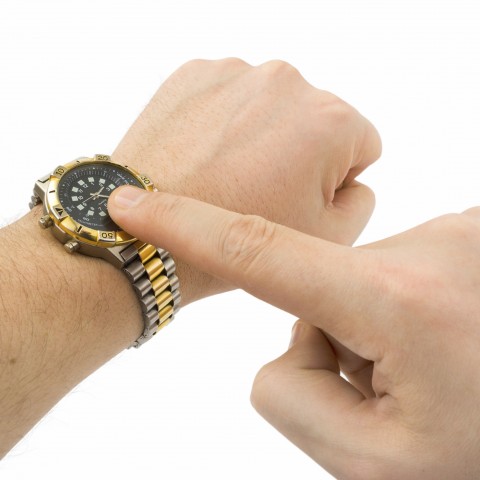
In addition to the tips we’ve given you throughout the article, there are a few more that apply to just about any test you can take:
- Always reach the test center well before the time of the test. This allows you to become familiar with the atmosphere and conditions well in advance.
- Try to manage and utilize your time proportionately. This can have a huge impact on your test score!
- Take care of your physical and mental health before the test. Sleep tight, have a proper diet, and try to maintain a positive mindset.
7. Conclusion
You’ve made it to the end of our complete guide to the Urdu language proficiency test. We hope you’re now well-equipped with the tips and tricks you need to ace your upcoming exam!
Did we miss any information regarding Urdu language proficiency tests? If so, don’t hesitate to reach out in the comments; we’ll do our best to answer any questions you have.
To keep yourself abreast of all the developments in the field of Urdu language learning, become a frequent visitor of UrduPod101.com. A huge resource for all of your Urdu language-learning needs is just a click away.
Very Happy Urdu Learning!





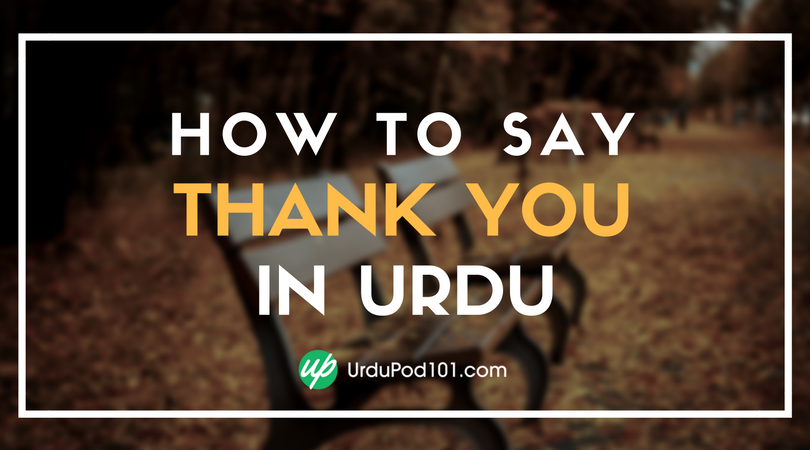







 Table of Contents
Table of Contents


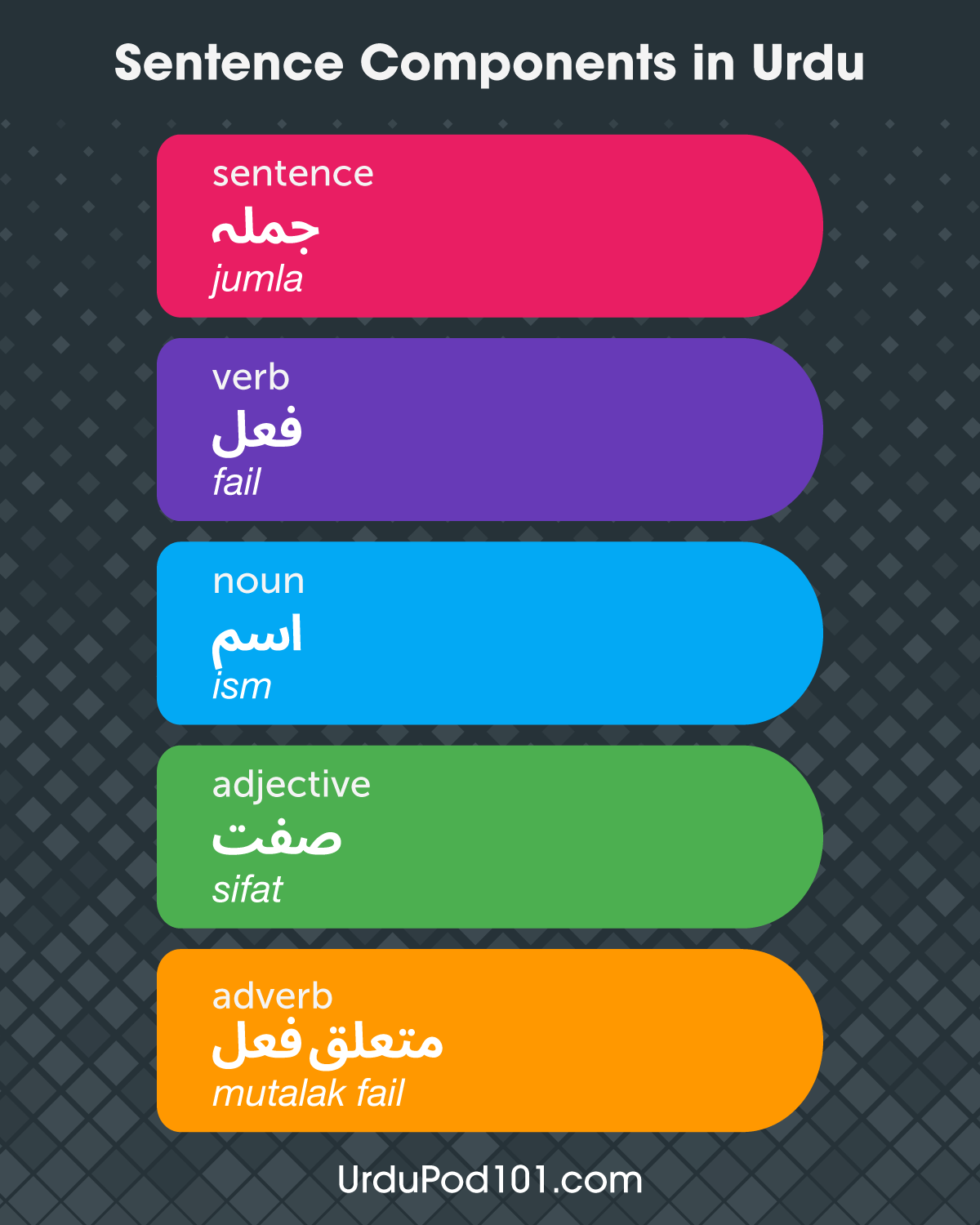






 Table of Contents
Table of Contents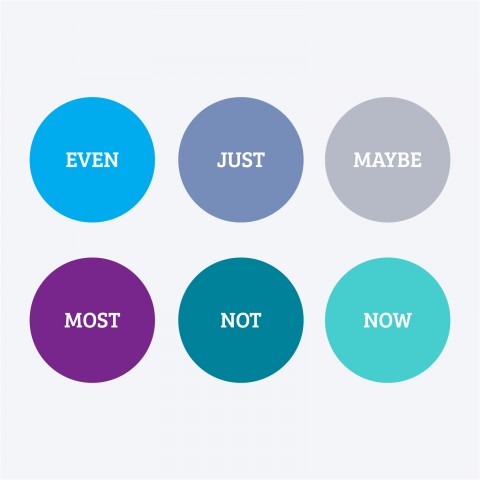



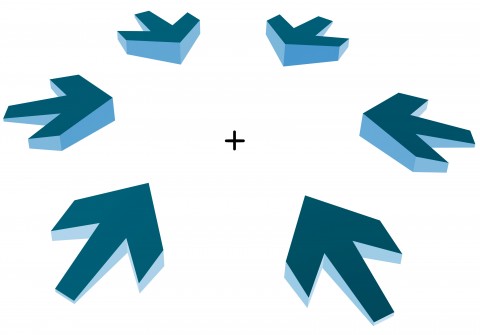




 Table of Contents
Table of Contents
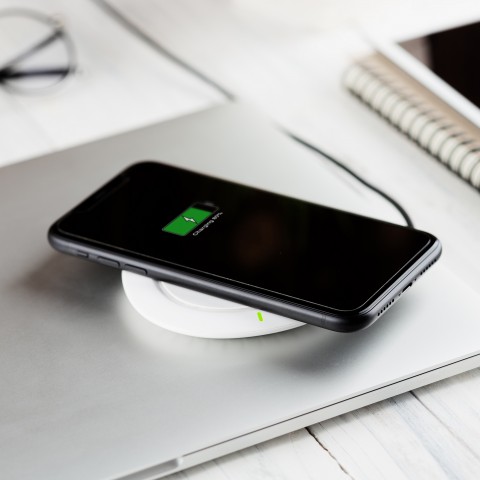


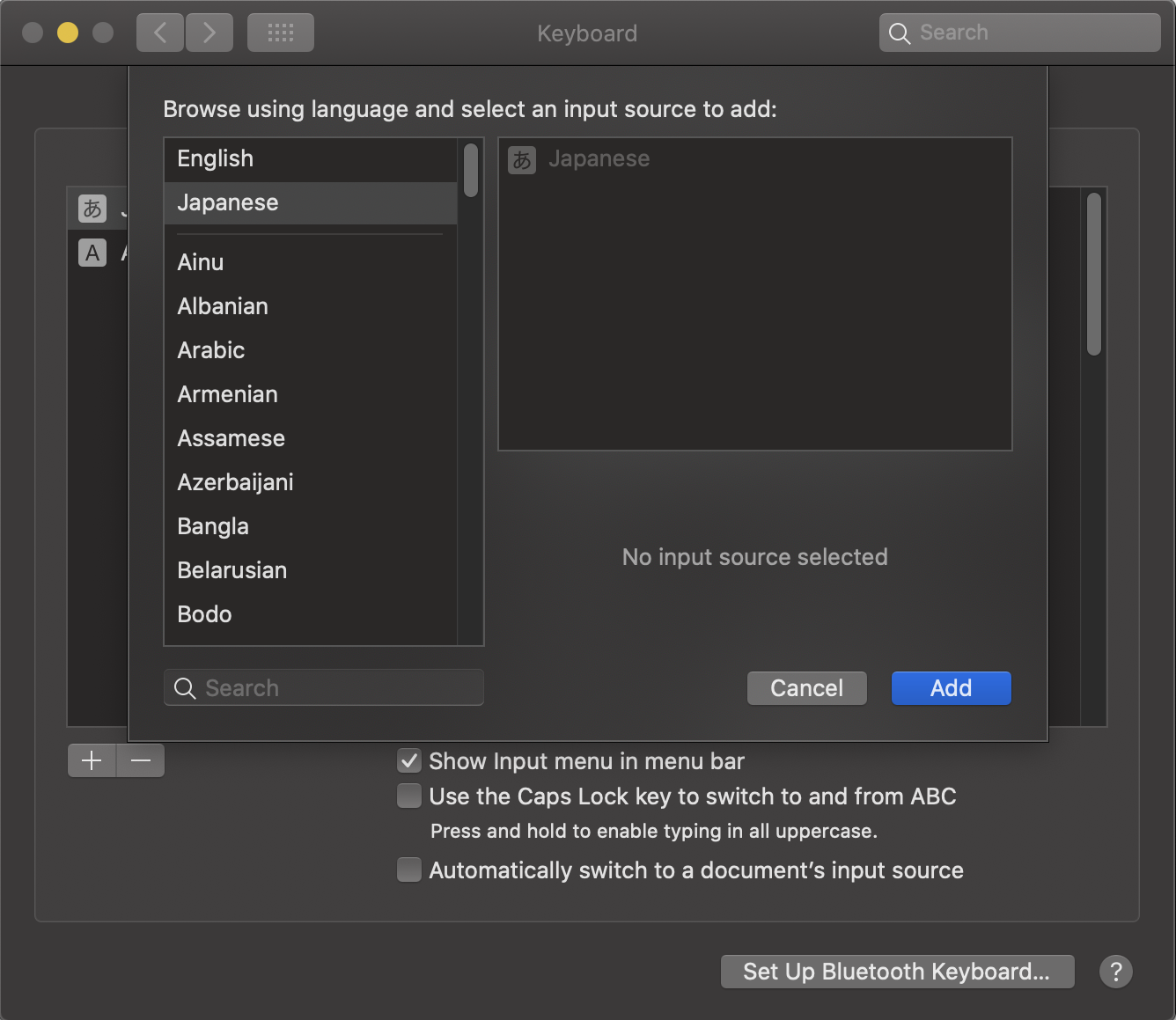






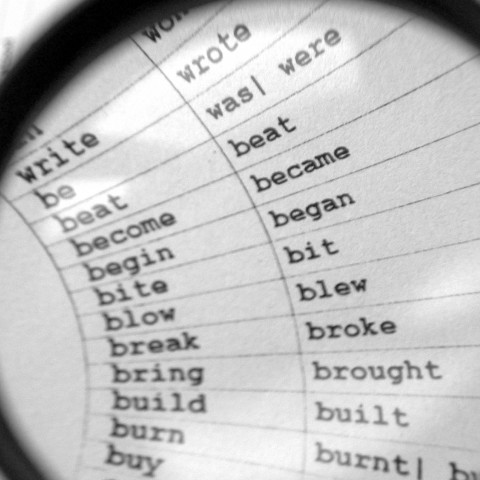



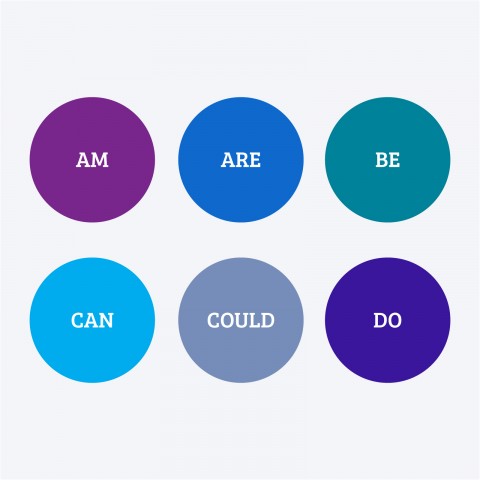

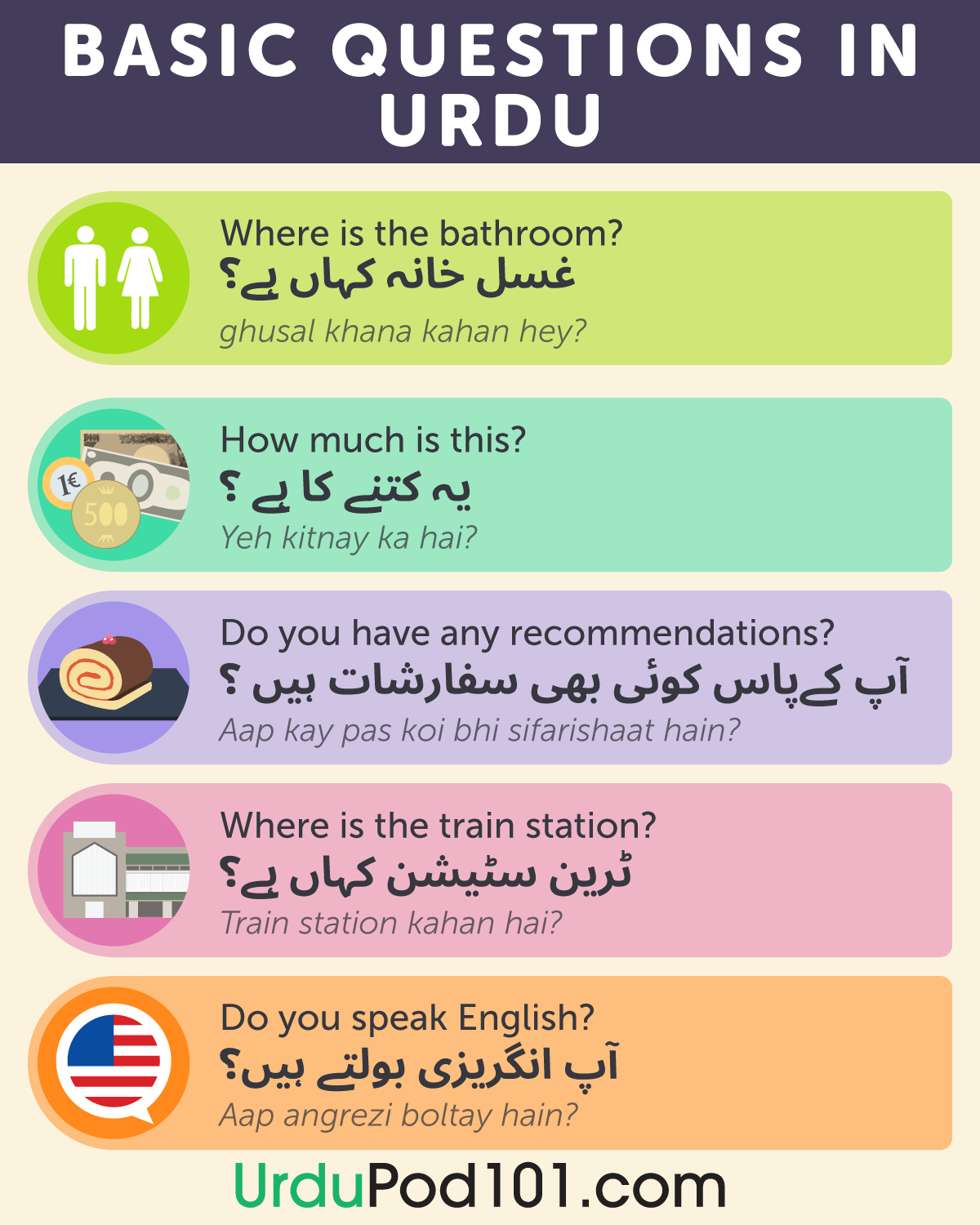



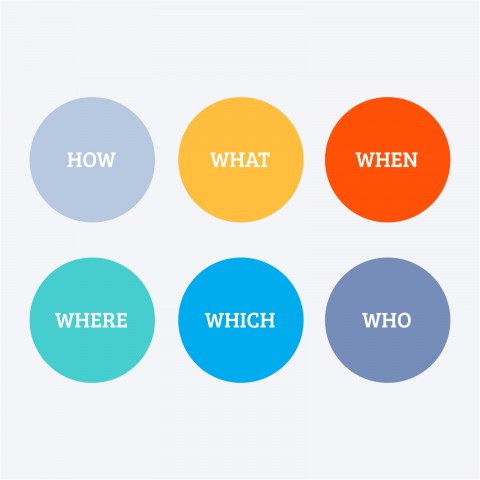





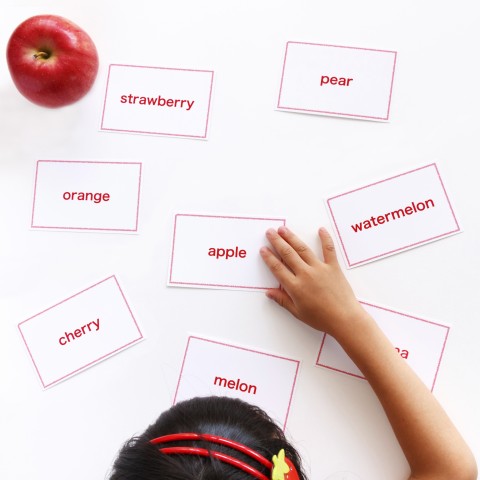








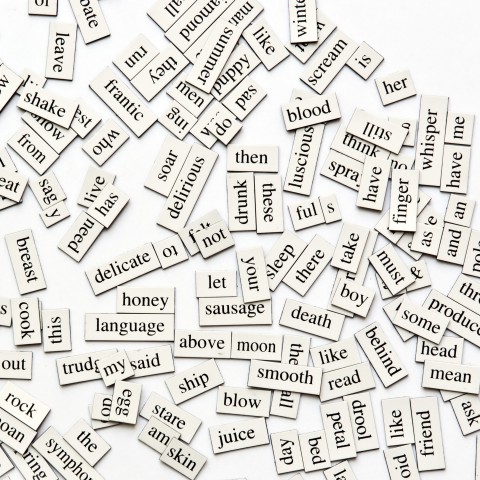


 Table of Contents
Table of Contents


